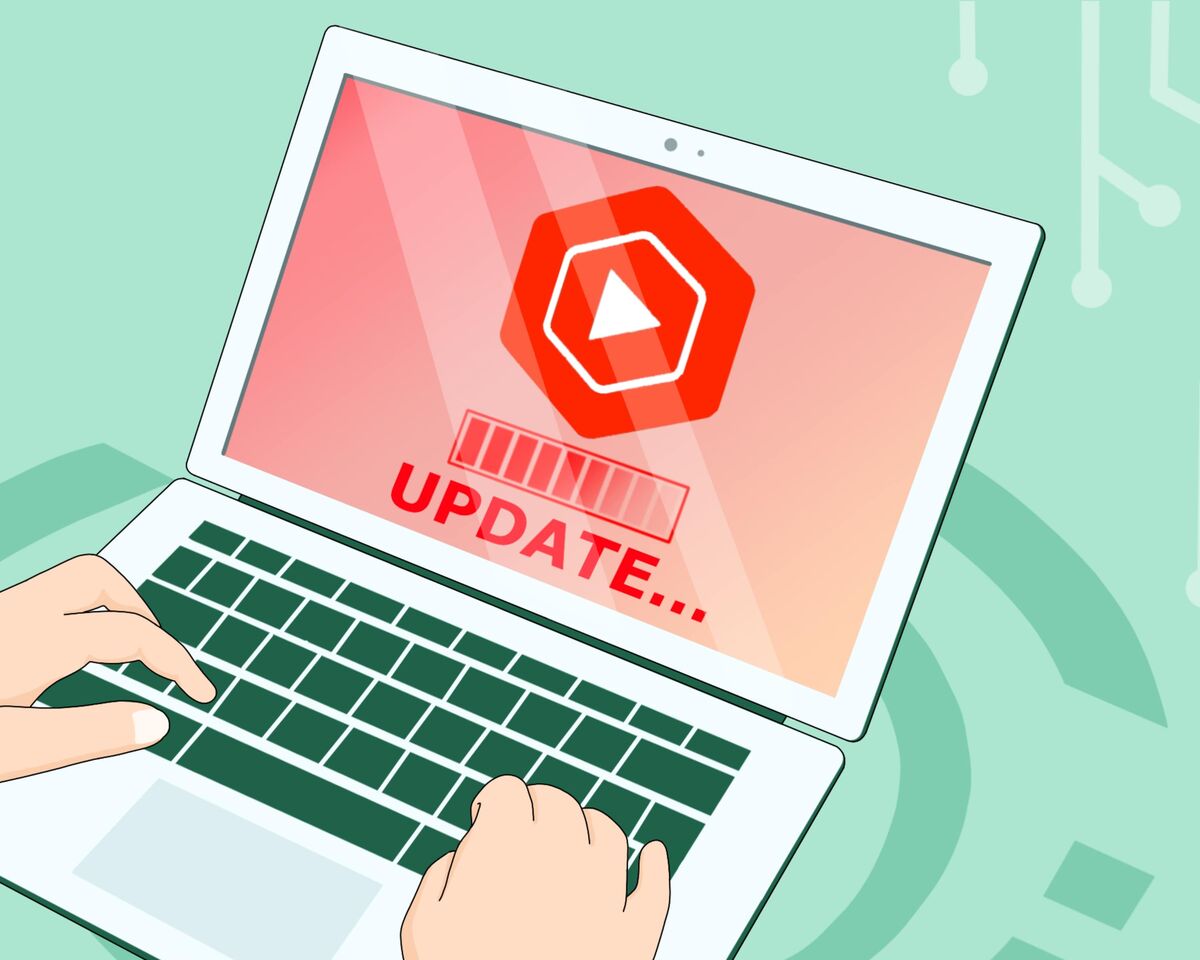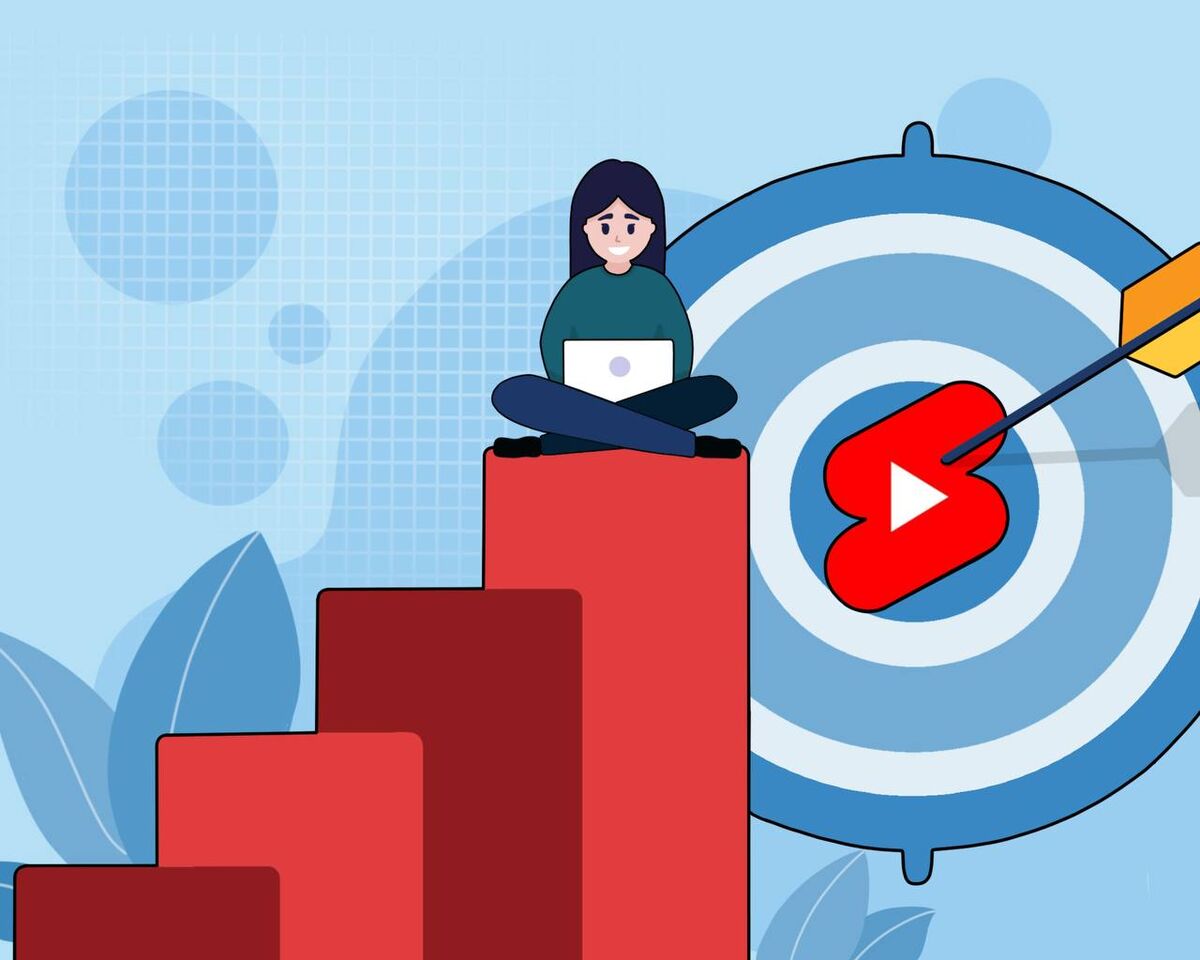3 Steps from Beginner to YouTube Pro

Trying to manage every aspect of your YouTube channel can often backfire, especially if there’s no single focus or clear goal in sight. This scattered approach can slow down your growth and prevent you from reaching your full potential. That’s why it’s crucial to know where you stand on the YouTube career ladder and how to progress at each stage—whether you’re a beginner, an experienced creator, or someone nearing the top.
If you’re just starting out, now’s your chance to build your channel on the right foundations. And if you’re a seasoned YouTuber who’s lost direction or taken a misstep, we’ll help you pinpoint where you’ve stalled and where to head next.
To simplify this journey, let’s break down the YouTube path into three levels: Level One for beginners, Level Two for enthusiasts, and Level Three for business-focused creators. With a clear step-by-step approach, you can confidently move from newbie to pro, understanding what each level involves and assessing how far you’ve already climbed.
By the end of this article, take a moment to jot down a few key steps that will help you advance. Ready? Let’s begin the climb!
Level 1: Beginner
No matter what anyone says, beginners face the toughest path on YouTube. Without a loyal audience or consistent engagement, it’s hard to tell if they’re even on the right track. This uncertainty often leads them down a rabbit hole of endless advice from top creators and YouTube representatives who run channels filled with updates, tips, and recommendations - like Creator Insider.
Recently, these sources seem focused on platform updates and the ever-popular Shorts feature. While we appreciate YouTube’s efforts to keep creators informed, it’s worth noting that they often push their own features—even if those features aren’t always a perfect fit for every creator.
This is where beginners can easily get sidetracked. Our first piece of advice? Listen to everyone, but make your own decisions.
What does that mean? Online, you’ll find countless videos from popular creators openly sharing how they built their channels through trial and error. They followed their dreams and created content that might have seemed offbeat, learning along the way how algorithms work and what resonates with audiences.
There’s no one-size-fits-all formula for going viral on your first video. Some might suggest chasing trends or imitating successful creators, but this approach is often unsustainable and can even damage your reputation.
For example, we recently worked with a creator—let’s call them N—who initially attracted a large following by covering sensationalized, mature topics. But N was actually well-educated and wanted to share meaningful, valuable content. The problem? N’s audience was mainly there for the original style of content. As we began shifting to more thoughtful topics, views and subscribers started to drop—a consequence of initially pursuing a direction that didn’t align with N’s true vision.
At this stage, instead of focusing on videos with titles like “How to Go Viral Fast” or “How to Get a Billion Subscribers,” we recommend prioritizing content that teaches you the following:
- How to create scripts.
- How to set up a good shot.
- What equipment to buy for filming.
- How to analyze your audience within your niche.
- How to work with YouTube's tools.
And so on. Not earnings. Not popular.
You’ll have time to figure out all the nuances later, we promise. For now, focus on bringing something unique to the world. That “something” should be creative, high-quality, appealing, and engaging. Most importantly, it should excite and energize you. Without that passion, burnout is inevitable down the road.
Our second piece of advice: start learning about YouTube before you see your first results.
It may sound obvious, but it’s worth emphasizing—your first three to six months on YouTube can feel like navigating a minefield. At first, you won’t have enough data, even in analytics, to make informed decisions about which direction to go. However, learning how YouTube’s analytics and algorithms work from the outset will save you valuable time when those first metrics start rolling in.
Your immediate goal? Capture viewers' attention as quickly as possible and aim for strong view counts.
And what’s essential for that? That’s right—hone your skills in scriptwriting, creating thumbnails, designing eye-catching visuals, and writing compelling descriptions.
To keep moving forward in these areas, you’ll need motivation—or even a gentle push. Here’s our third piece of advice: set a clear goal for yourself.
Start with a short-term goal, a first milestone. For example, aim for 1,000 views on a single video. The more frequently you upload, the faster you’ll learn what resonates with viewers, making it easier to create a winning formula.
Be ambitious. Set one big goal.
Maybe it’s earning YouTube’s Silver Play Button. From that major goal, outline smaller, achievable steps—climbing them like rungs on a ladder. Begin with the basics, like uploading your first video, and gradually work towards the ultimate goal of reaching 100,000 subscribers.
With those goals in mind, let’s move on to the next step.
Level 2: Enthusiasts
At every stage of content creation, benchmarks are essential. Without them, it’s hard to know where you stand or which direction to move. A good milestone for reaching the second level might be achieving around 3,000 views per video consistently.
But keep in mind: this isn’t a one-size-fits-all number. Don’t rush to hit this target, as metrics vary widely from niche to niche. In broader, more popular niches, reaching 30,000 views can come quickly, while in smaller niches, even 1,000 views can signify high-quality content. We’re using 3,000 views as a general baseline, but feel free to set your own benchmark by studying top creators and competitors in your niche.
Once you achieve this stability—what we’ll call the “3,000 view benchmark”—it’s time to think about advancing. At this stage, you can consider not only growing your channel but also branching into some form of business.
This doesn’t mean diving headfirst into monetization. Rather, you can start integrating ads, forming collaborations, or offering valuable products or services relevant to your channel’s niche—whether that’s legal consultations, tutoring, handmade crafts, exclusive content, or custom artwork. The key here is that a stable channel opens doors for broader opportunities.
However, don’t rush to monetize too quickly. Implement business ideas smoothly and gradually. A common pitfall at this stage is losing focus—where the emphasis shifts from content quality to pushing a product or service.
Remember, your audience isn’t easily swayed; they won’t buy just anything. Respect and recognition as an expert come only when you provide real value to your viewers.
This stage isn’t an easy one. Many creators get stuck here, overwhelmed by endless possibilities. This is the psychological threshold where you know what your numbers are and start wanting more. Some creators turn to trending topics, while others lose interest. If you’re at this turning point, don’t be afraid to take a step back. Reassess and improve your content production skills if needed.
Compare yourself to competitors: Where could your content use more depth? Are your previews and thumbnails as compelling as they could be? And dive deep into your analytics.
After all, you did learn to understand analytics back at Level One, right?
Analytics will give you clear guidance — at what point viewers started dropping off, what they don't like, where they get bored, which topics attract them most, and so on.
But what's the beauty of the second level?
The thing is, most YouTubers stay right here. Not everyone needs millions of views and fame. The second stage can last indefinitely.
You can gain three thousand views consistently, then ten, a hundred thousand, and so on. But at each point you step back and analyze: what can you improve, and what attracted your viewers in the previous stage.
Enthusiastic creators are precisely those people who are genuinely more invested in the process of channel development.
And business and monetization are additional perks that can help ensure financial security in the future. Or they have their main activity, and they reinvest channel profits back into the channel and video production. Now let’s move on to leave 3 below.
Level 3: YouTuber-Businessman
Finally, we arrive at the third and most serious level of YouTube success. At this stage, we typically find creators backed by large teams focused on scaling content production and driving profits.
But a word of caution: don’t rush into this stage prematurely. Before moving here, you should feel confident in your mastery of content creation from the previous level. At this stage, you’ll need to sense trends, even stay ahead of them, and ideally have a dedicated team member who focuses on identifying these trends.
This level is marked by a dedicated audience that sees you as more than a content creator—they view you as a symbol of quality. Here, your products and collaborations should be on a larger scale, partnering with established brands rather than smaller businesses. Third-level budgets allow for dedicated advertising segments rather than simple links in the description.
It’s essential to understand that at this stage, you transition from a hands-on creator to the face of the channel. A large team now handles scripting, editing, idea generation, and analytics. You’re still the brain and heart of the channel, but your role shifts towards business development, guiding your channel’s growth and direction.
The earnings you generated at the second level are reinvested into production, expanding your reach and refining the quality of what you offer to your target audience.
A standout example of a creator-turned-entrepreneur is the football icon Cristiano Ronaldo. His YouTube channel amassed 66 million subscribers in under six months. With a goal to become the most popular YouTuber in two years, Ronaldo and his team understand their target audience exceptionally well. According to Dentsu CEO Thomas Froes, Ronaldo’s channel is powered by a 21-person team, while Ronaldo himself remains the “face” and driving inspiration behind the brand.
Meanwhile, Ronaldo himself remains the "face" and ideological inspiration of the blog.
But you might be wondering: What if you started with a brand channel from the beginning? If you already have an established business and came to YouTube with the goal of expanding it, your approach will differ slightly.
You'll still need to journey through the same stages that other creators do. After all, you didn’t come to YouTube just to reach your existing audience, right? You’re here to attract new viewers—people who may have no idea who you are or the quality of the product or service you offer.
That’s why it’s essential to progress through each stage, just like any other creator:
- Learn YouTube rules
- Learn how to make quality content
- Offer value to people
- Demonstrate your expertise
And don't push a product in every video, make native and relevant integrations.
In summation: you must become a CEO who delegates all creative processes in order to focus on things that are most important for your business growth.
What slows down the transition to the next level
We hope it’s now much clearer where you and your channel currently stand in this process. We’d like to emphasize that you don’t have to aim for the third level. If you're interested, you can give it a try: build a team, delegate the creative processes, and see if you enjoy being more removed from content creation and the magic that surrounds it.
It’s easy to get bogged down by constant “should-dos.” You should create a podcast to promote something; you should host a live stream to showcase another thing; you need to send out announcements on every messaging app and social media platform for a video that includes a giveaway, promotion, or gifts. At the business-building stage, it’s challenging to be both the manager and the creative mind simultaneously.
This is a critical moment for many channels. To maintain content quality, processes must be well-organized, and ideally, you’re not handling everything alone.
So, what do we suggest you do if you’re feeling stuck at any stage?
Write out a list of tasks you could tackle right now to improve your content. We know these tasks might be overwhelming, and you might not know where to start. Once you’ve written them all down, you can eliminate tasks that don’t actually move you closer to creating engaging and creative content. Perhaps you’ve lost your true focus in trying to keep up, and that’s okay—it happens.
Let’s look at a few tasks we often spend time on that don’t directly improve the channel:
- Constantly monitoring analytics. Trust us—checking in once or twice a week is plenty. You don’t need to track every single metric; focus on the bigger picture to see if there’s decline, stagnation, or growth.
- Creating secondary content. This includes hosting live streams with just a couple of viewers or making Shorts just because others are doing it. Ask yourself: will jumping on trending Shorts actually help promote my long-form videos? If not, maybe it's time to refocus.
- Responding to snarky comments. Responding to snarky comments can be tempting. The urge to defend yourself, hit back harder, or prove your point is natural. But keep in mind—while it might feel satisfying in the moment to say, “I stood up for myself!”—it ultimately accomplishes little. Engaging with critics often only validates their comments, and worse, it consumes time and energy you could be investing in creating something truly valuable and innovative. Instead of getting sidetracked by negativity, focus on building your content and engaging with those who genuinely support and appreciate your work. That’s where your energy will make the biggest impact.
And remember—just beginning your journey up YouTube’s career ladder, no matter your current stage or how productive you feel right now, is already a significant achievement. Every step you take is progress made, effort invested, and experience gained. Keep this in mind and revisit this thought whenever you feel discouraged or tempted to give up. Each step forward is building toward something bigger.




